Fat and Oil Melt Point Temperatures
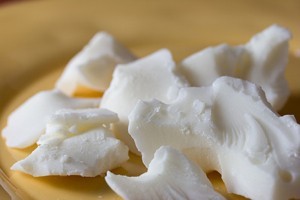 Vegan baking is all about reverse engineering, especially when it comes to things like understanding the melt point temperatures of fats. Often I choose to examine the building blocks of a recipe so I can understand it and attempt create a decent, actually edible vegan version. Of course, you don't have to do that if you just want to play around in the kitchen and have fun. But if you really want to nail it with minimal fuss and know why you nailed it, it helps to know what building blocks you have to work with. Much like a child who knows his lego pieces well enough to the point of where he may already have a pretty good idea of the spaceship he's going to build according to the various size lego pieces he has on hand.
Vegan baking is all about reverse engineering, especially when it comes to things like understanding the melt point temperatures of fats. Often I choose to examine the building blocks of a recipe so I can understand it and attempt create a decent, actually edible vegan version. Of course, you don't have to do that if you just want to play around in the kitchen and have fun. But if you really want to nail it with minimal fuss and know why you nailed it, it helps to know what building blocks you have to work with. Much like a child who knows his lego pieces well enough to the point of where he may already have a pretty good idea of the spaceship he's going to build according to the various size lego pieces he has on hand.While working on foods such as vegan butters, shortenings, ice creams and cake frostings, I've had to endlessly fumble around the internet looking for the melting temperatures of various fats. I soon realized that assembling this information in one place could be a helpful resource for other adventurous food voyagers!
When referring to the below chart on the melting point of fats, keep in mind that melting temperature is the same as freezing temperature; it's the temperature where the fat transitions from a liquid to a solid. Trippy! Fats that are solid at room temperature are already frozen and fats that are liquid at room temperature area already melted so to speak. Monounsaturated, polyunsaturated and saturated fat information is there to show you the health factors of various fats. Generally speaking, healthy fats have a high amount of monounsaturated fats as well as polyunsaturated fats and a low amound of saturated fats.
But hold on. What are the best fats for vegan baking? I'm glad you asked. Learn more about the fats I recommend for vegan baking and why.
Oil and Fat Melt/Freeze Temperatures
| Fat | Melt/Freeze Point Temperature | Monounsaturated Fat % | Polyunsaturated Fat % | Saturated Fat % |
|---|---|---|---|---|
| Cottonseed Oil | -55F (48C) | 18 | 54 | 28 |
| Flax Seed Oil | -11F (-24C) | 21 | 71 | 8 |
| Almond Oil | 0F (-18C) | 73 | 19 | 8 |
| Sunflower Oil | 1F (-17C) | 20 | 69 | 11 |
| Safflower Oil | 2F (-17C) | 14 | 78 | 8 |
| Soybean Oil | 3F (-16C) | 24 | 61 | 15 |
| Corn Oil | 12F (-11C) | 25 | 61 | 14 |
| Canola Oil | 14F (-10C) | 58 | 35 | 7 |
| Grapeseed Oil | 14F (10C) | 57 | 29 | 14 |
| Rice Bran Oil | 14-23F(-5 to -10C) | 38 | 37 | 25 |
| Hemp Seed Oil | 18F (-8C) | 13 | 63 | 9 |
| Olive Oil | 21F (-6C) | 79 | 8 | 11 |
| Sesame Oil | 21F (-6C) | 40 | 42 | 14 |
| Peanut Oil | 37F (3C) | 48 | 34 | 18 |
| Palm Kernel Oil | 75F (24C) | 12 | 2 | 86 |
| Coconut Oil | 77F (25C) | 6 | 2 | 92 |
| Cocoa Butter | 93-100F (34 to 38C) | 20 to 43 | 0 to 5 | 57 to 64 |
| Palm Oil | 95F (35C) | 38 | 10 | 52 |
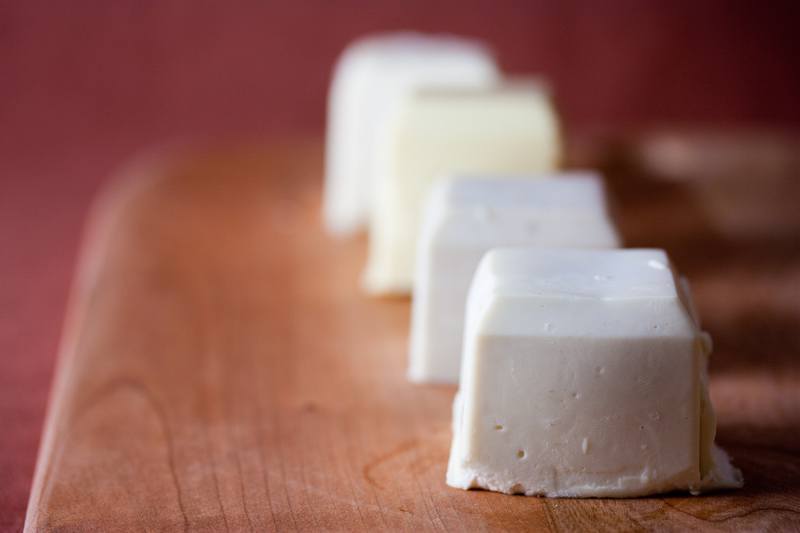


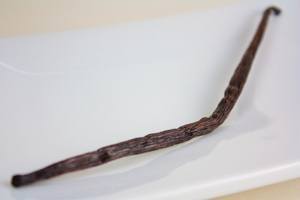

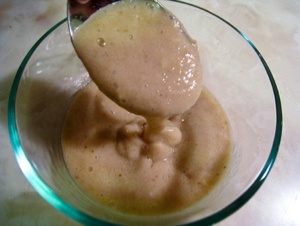
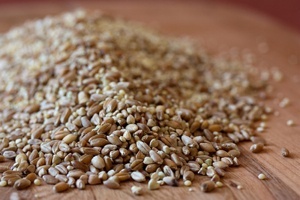 I always used to get so impatient when cooking grains or legumes. Instead of really looking into it, I'd just dump about equal parts millet and water into a pot, crank up the heat and come back to it later to deal with it. It never seemed to work out. It turns out that all grains and legumes really want are a little bit of attention. If you take that extra second to give them the water and heat they need, they'll sing to you and come out perfect every time, regardless of how much you're making. The time it takes to refer to the below chart will more than make up for itself compared to guessing and wasting time trying to fix the situation later. So keep it handy! I actually have a printed out copy taped to the inside of one of my cupboard door so I have no excuse.
I always used to get so impatient when cooking grains or legumes. Instead of really looking into it, I'd just dump about equal parts millet and water into a pot, crank up the heat and come back to it later to deal with it. It never seemed to work out. It turns out that all grains and legumes really want are a little bit of attention. If you take that extra second to give them the water and heat they need, they'll sing to you and come out perfect every time, regardless of how much you're making. The time it takes to refer to the below chart will more than make up for itself compared to guessing and wasting time trying to fix the situation later. So keep it handy! I actually have a printed out copy taped to the inside of one of my cupboard door so I have no excuse.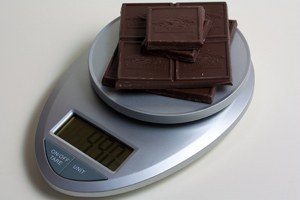 North Americans are the only people on earth that measure baking ingredients by volume: cups, Tablespoons and teaspoons. The rest of the world measures by weight which is significantly more accurate, having more benefit as your recipe scales up into larger quantities.
North Americans are the only people on earth that measure baking ingredients by volume: cups, Tablespoons and teaspoons. The rest of the world measures by weight which is significantly more accurate, having more benefit as your recipe scales up into larger quantities. Sometimes you just don't have the right ingredients on hand that your recipe calls for or you don't feel like shelling out hard earned funds for something you're just going to use a small amount of. Walk how many blocks in the snow at 2am to get cake flour? Yeah right. This Baking Substitution page (it lives permanently under the Resources tab) is here to help and will be constantly updated as new baking substitutions are found. If you have any conversions you'd like to have listed here to help bakers around the world, don't hesitate to
Sometimes you just don't have the right ingredients on hand that your recipe calls for or you don't feel like shelling out hard earned funds for something you're just going to use a small amount of. Walk how many blocks in the snow at 2am to get cake flour? Yeah right. This Baking Substitution page (it lives permanently under the Resources tab) is here to help and will be constantly updated as new baking substitutions are found. If you have any conversions you'd like to have listed here to help bakers around the world, don't hesitate to 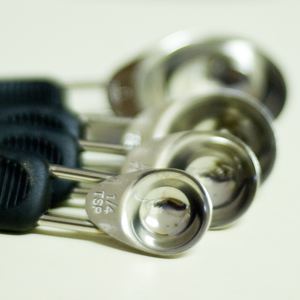 These days with all the food additives used in food production, eating food can be like navigating a minefield. In order to make your vegan baking adventures easier while keeping the animals where they belong, we've posted this list of animal products (thanks
These days with all the food additives used in food production, eating food can be like navigating a minefield. In order to make your vegan baking adventures easier while keeping the animals where they belong, we've posted this list of animal products (thanks